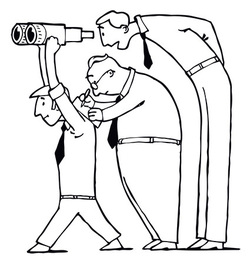
An actor analysis is a good planning tool in every project. Different actors prefer different methods and tools for collaboration. Some actors may be less interested in participating, but are important for achieving a good result, e.g. young people. The best way to get a good overview of the actors is to meet people in the area and ask which interests and networks are active. Who are the key persons? What resources do various actors have to participate? Which authorities and societies could be concerned?
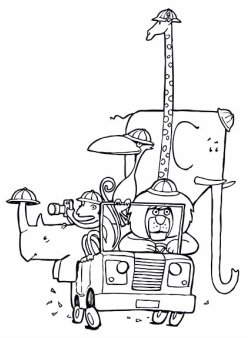
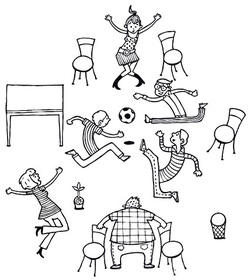
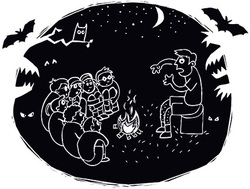

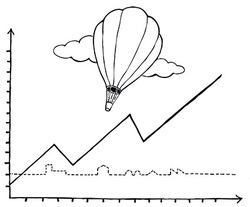
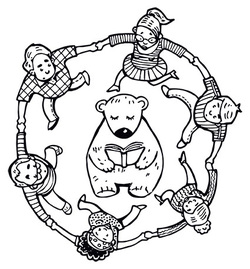
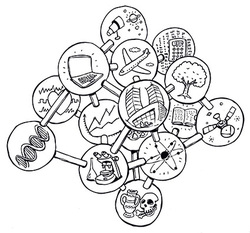
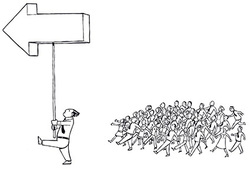
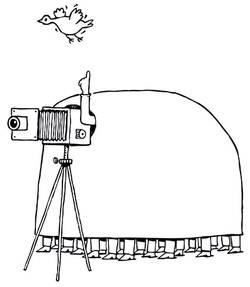
 RSS Feed
RSS Feed
